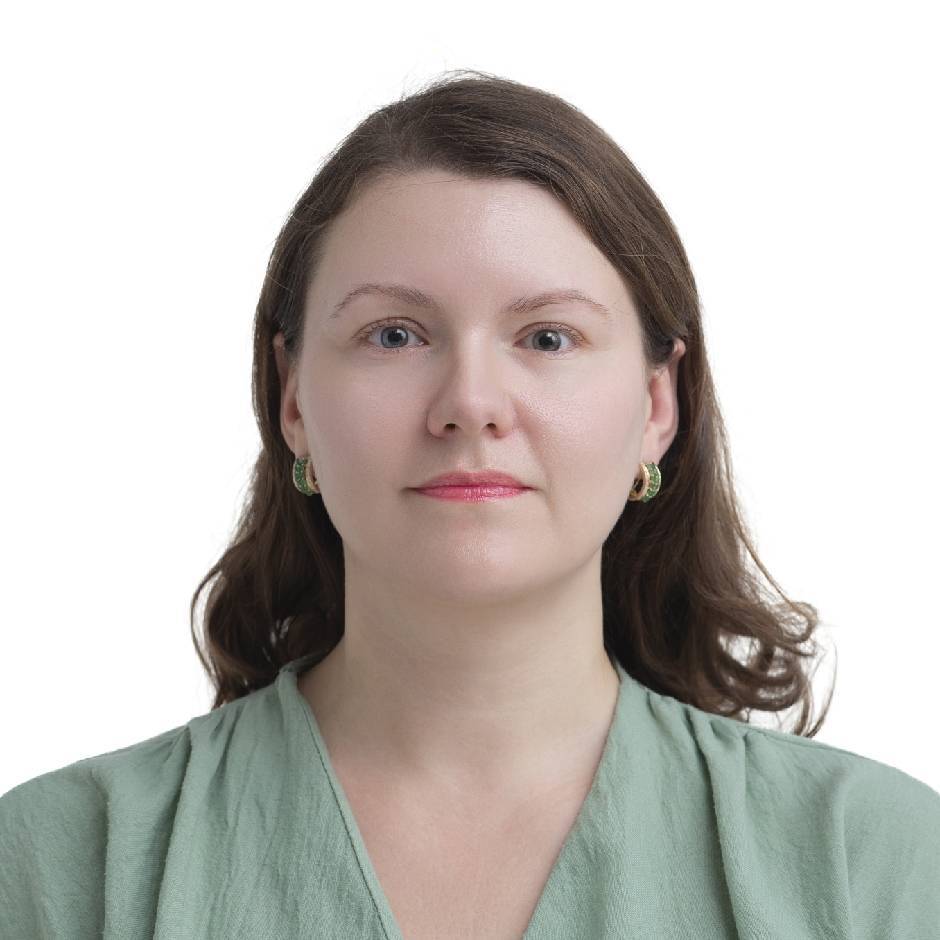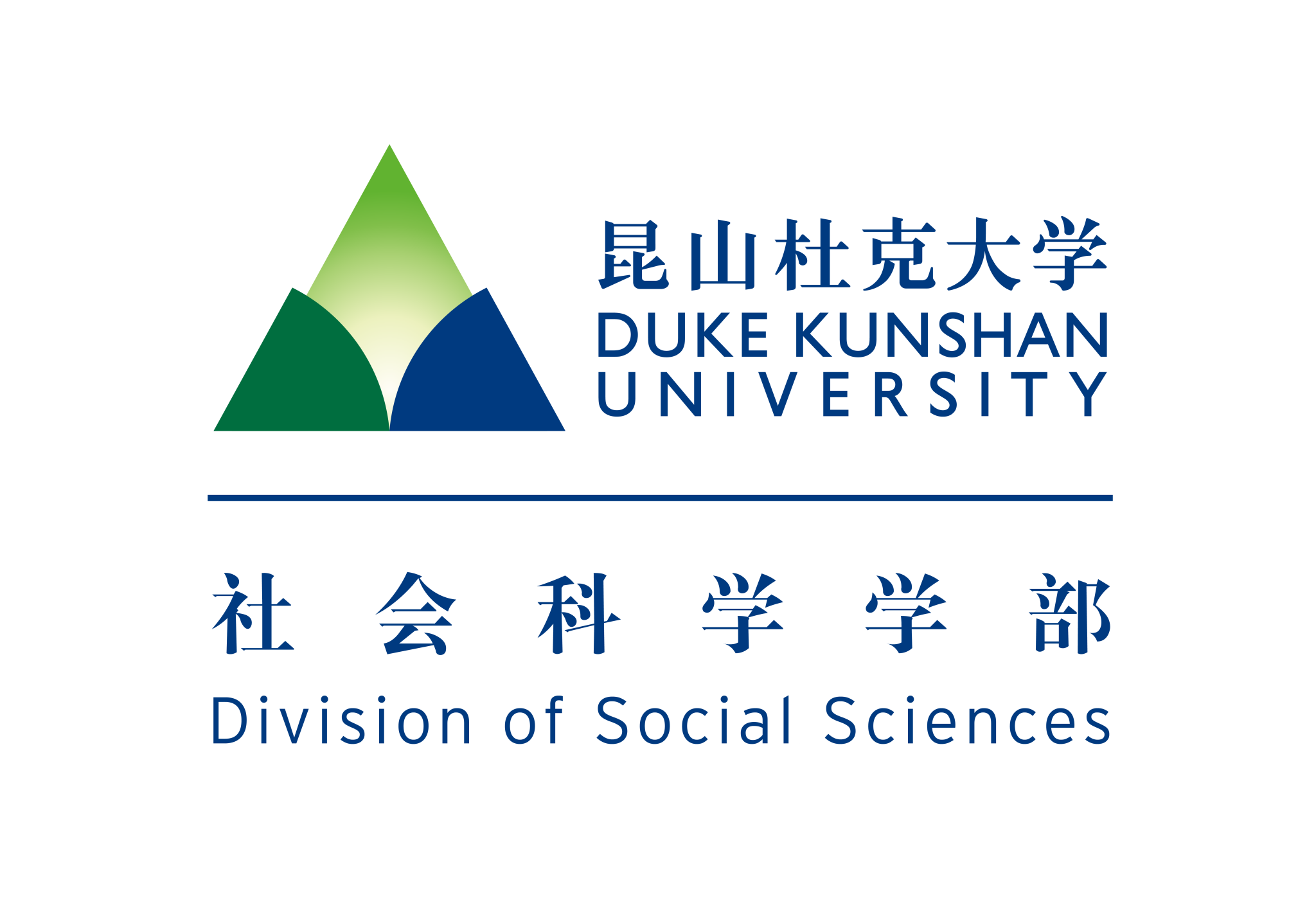Five years have passed since the start of the COVID-19 pandemic. The momentous event challenged governments’ crisis response capabilities and offered insight into the different ways states use their capacities to manage such challenges. In response to the lack of research on this subject, Duke Kunshan University Professor Paula Ganga and Nazarbayev University Professor Caress Schenk published the article titled “State capacity during crisis: exploring varieties of state capacity in the COVID-19 pandemic.” It makes an important contribution of transcending regime type and focusing instead on the different types of capacities that states employed.
About the Professor

Professor Ganga is a Professor of Political Economy at Duke Kunshan University. Her research interests are populism and economic nationalism, inequality and economic development, energy and environmental policy, corruption and transparency, and democratic backsliding. She has published work on the economic consequences of illiberalism, foreign aid, Russian nationalization, corruption and energy politics in Eurasia.
Professor Ganga notes that, much like DKU, political economy is all about interdisciplinarity: “It combines economics and political science to study the interaction between institutions and markets. To understand many of a country’s economic outcomes we need to look at its government, and for a government to run the country efficiently, we need to understand economic conditions and policymaking. Everything is connected and we need to study it as such.”
Interested in learning more about political economy? Professor Ganga recommends POLECON 301 International Development: “One of my favorite courses to teach is POLECON 301 International Development. I love not only the topics covered (theories of development and the major topics in development) but mainly the fact that the class is a seminar where students get to participate in active class discussions on issues they find interesting and relevant.”
State Capacity
The article takes a traditional political science approach to state capacity by rooting the analysis in concepts of state function. Three state capacities are discussed: coercive, infrastructural, and informational.
Coercive capacity refers to the “enforcement of intrusive individual and institutional policies such as lockdowns and school closures.” It measures the state’s ability to impose its policies. Infrastructural capacity refers to the state’s ability to provide public goods. A certain limitation that the two researchers found is that many states do not count healthcare as a public good, thus reducing the comparative analysis of the article. Informational capacity is associated with the state’s ability to collect and provide the public with accurate information.
Furthermore, besides a cross-country comparative analysis, the article underscores subnational differences by examining Russia’s response to the COVID-19 pandemic. Contrary to the expectation that authoritarian states strongly centralise power during a crisis, Russian primary power and responsibility for the pandemic were devolved to regional governors by May 2020.
Expectations and Findings
The article makes use of the CoronaNet dataset to interrogate a variety of closely held assumptions. The CoronaNet dataset comprises over 170,000 policy entries from 195 countries and is updated daily, providing the most comprehensive data on covid policies. Its existence allows for the cross-referencing of national and subnational policies. The policies encoded in the dataset are mask policies, health monitoring, health resources, social distancing, school restrictions, and business restrictions.
Researchers were first interested in whether states with more coercive capacity would adopt more restrictive policies, expecting that the coercive capacity would be more present at the beginning of the pandemic. Another expectation that needed to be examined was whether possessing coercive capabilities allowed the state to avoid more infections and deaths. The inquiry into coercive capabilities had the purpose of creating a baseline to determine if there was a substitution effect between the types of capacity.
A substitution effect between the types of capacity would entail that states and sub-national units can choose between policies based on their overall situations. It is expected that if states can substitute coercive capacity, they will. Furthermore, the COVID outcomes of countries with high infrastructural, information, and health capacity are examined. The timing during the pandemic is assessed as well, expecting that it played an important role in the implementation of capacities.
The preliminary answers to the first questions were mixed. They suggest that states with higher capacity are more likely to adopt policies on all dimensions. Early in the pandemic, the results were statistically significant for business restriction policies, whereas throughout the pandemic there was a positive and statistically significant association between both business restriction and social distancing policies. The coercive capacity variable was statistically significant in the early days of the pandemic as well as throughout 2020-2021. Findings show that governments with higher coercive capacity imposed fewer business restrictions and were less likely to impose mask mandates during the pandemic.
Another set of questions examined the outcomes of state capacities. Overall, higher state capacity was associated with more cases and more deaths. Another finding was that states which spent more on health had higher deaths. Both of these phenomena can be possibly explained by data availability, seeing that the top-scoring countries were located in Western Europe, the part of the world where reporting had been most accurate.
Moreover, the analysis suggests that the types of capacity matter at different times. For instance, greater coercion capacity was associated with fewer mask mandates and business restrictions. However, in the early days of the pandemic, states with high coercive capacity had more social distancing policies.
The Russian regions were marked by a lack of accessible and reliable data, the analysis focusing on the data from the Russian Statistical Service. It concludes that places with more coercive capabilities had fewer policies to prevent the early spread of the virus. Therefore, the state knew that coercive policies come at a cost, choosing instead to implement fewer policies.
Conclusion
We congratulate Professor Ganga and Professor Schenk on their work. The research makes significant contributions, both in terms of methodology and findings. Want to find out more? The article can be found at the following page:
Written by: Eric Eberly, Class of 2028
Edited by: Prof. Paula Ganga



